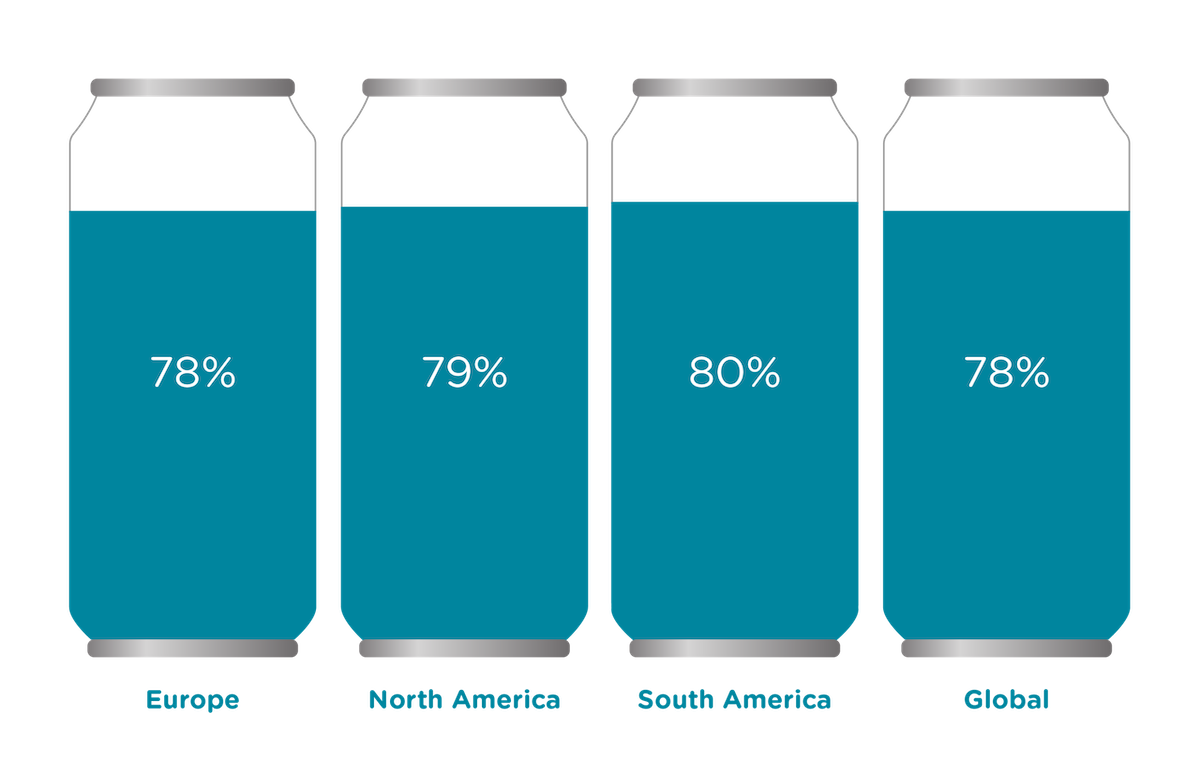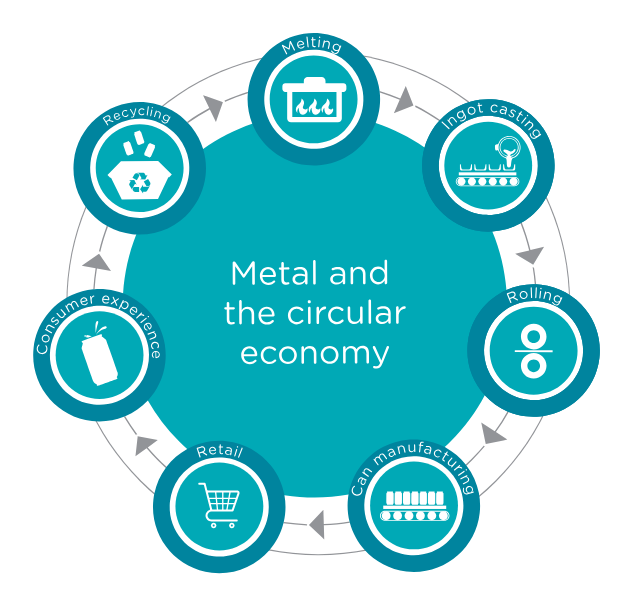Protecting our environment
Through the Emissions and Ecology pillars of our sustainability strategy, we take a strategic approach aimed at reducing negative environmental impacts within our direct operations and value chains. Use the contextual menu on this page to navigate through the different sections and learn more.
Emissions
Reducing greenhouse gas emissions is a key focus of our sustainability strategy. At AMP, the focus is on reducing GHG and VOC emissions, while at AGP the focus is on reducing GHG emissions. We have approved SBTi targets, ensuring our goals are consistent with the latest climate science. Achieving our 100% renewable electricity goal will be a critical step towards achieving our emissions targets.
Glass and aluminum circularity, alternative fuels like hydrogen and biogas will all contribute to us reaching our targets. By taking a tailored approach to each operating business’s emissions profile, we are driving meaningful progress toward our SBTi targets
Decarbonisation roadmaps
The decarbonisation roadmaps below illustrate a potential pathway toward achieving our approved science-based targets. They highlight key enablers and provide insights into the strategies and technologies we may adopt to advance our sustainability ambitions by 2030.
AMP roadmap towards our science based targets
We aim to achieve our 2030 emissions targets through a broad range of actions outlined below while setting the foundations for further decarbonisation beyond 2030.
*Baseline figures for emissions are from 2020
**Scope 2: 100% renewable electricity by 2030
—— Projected business as usual


Our SBTi targets from 2020* to 2030
Scope 1
Reduce can manufacturing gas usage through efficiency improvements
Implement low carbon internal transport
Develop and select alternative low or zero carbon hearing technologies
Scope 2
Achieve 100% renewable electricity
Scope 3
Further increase recycled content
Leverage low product carbon footprint aluminium supply
Deploy lightweighting/downgauging
Phase in electric or sustainable fuel-based transport
Implement industry-wide highly recyclable beverage can ends
Reduce prime aluminium carbon footprint
Footnote: *The image and information shown is for illustrative purposes only and may not be an exact representation of our roadmap.
AGP roadmap towards our science based targets
We aim to achieve our 2030 emissions targets through a broad range of actions outlined below while setting the foundations for further decarbonisation beyond 2030.
*Baseline figures for emissions are from 2020
**Scope 2: 100% renewable electricity by 2030
—— Projected business as usual


From 2020* to 2030
Scope 1
Footprint optimisation
First NextGen Furnace commissioned
Limmared, Sweden hydrogen electrolyser commissioned
Scope 2
Madera, U.S. near-site project to be commissioned
Swedish wind VPPA to be commissioned
Moerdijk, Netherlands onsite solar commissioned
Bridgeton, USA near-site project commissioned
UK & Nordic, 100% renewable electricity (via certificate)
Scope 3
Circularity: Acquisition of Swedish glass collection & processing firm SVA
Footprint optimisation
Footnote: *The image and information shown is for illustrative purposes only and may not be an exact representation of our roadmap
Renewable electricity
Our goal is clear: achieve 100% renewable electricity by 2030. We are committed to sourcing renewable electricity in a way that delivers real impact.
We believe our approach supports the growth of clean energy infrastructure, aligning with our efforts to reduce our carbon footprint and transition to a more sustainable energy future – benefiting our customers, operations and the environment.
Ecology
Water
Water is a precious resource and essential to the wellbeing of the communities we live and work in, our customers’ success and our daily operations.
AMP aims to reduce water intensity across its operations by 20% and AGP by 26% by 2030 – all while maintaining the highest standards of quality and innovation.
We utilise water risk assessment tools to identify and prioritise investments in areas most at risk, ensuring we address critical needs and minimise our negative impact. Read more in our latest sustainability report.
Waste
AMP is targeting zero waste to landfill (ZWTL) by 2025, while AGP is working toward ZWTL by 2030. Our goal is for all production facilities to divert at least 95% of operational waste, where permitted by regulation, away from landfill – ensuring materials are reused, recycled, or recovered wherever possible.
Circularity
Our materials
Metal and glass are both infinitely recyclable, with very minimal loss in quality, making them a perfect example of a circular economy product. In support of our emissions targets. we aim to use less virgin raw material, increase recycled content and lightweight our containers without sacrificing quality.
Recycled content % – 2024*
The use of recycled aluminium reduces the energy consumption by over 90% compared with the alternative of producing aluminium cans from its virgin source.

Note: Industry has aligned on a definition of recycled content, which will standardise how the recycled content % is calculated. Data for 2024 onwards will be based on the new industry aligned Beverage Can Recycled Content (BCRC) methodology.
Cullet percentage of glass1

1 Cullet is defined as the combined total of internal and external cullet, including post-consumer recycled content.
At AGP, maximising recycled glass (cullet) is central to our efforts to lower energy use and emissions. As we drive greater cullet integration, we carefully balance quality and cost to ensure we continue delivering the premium products our customers expect.


